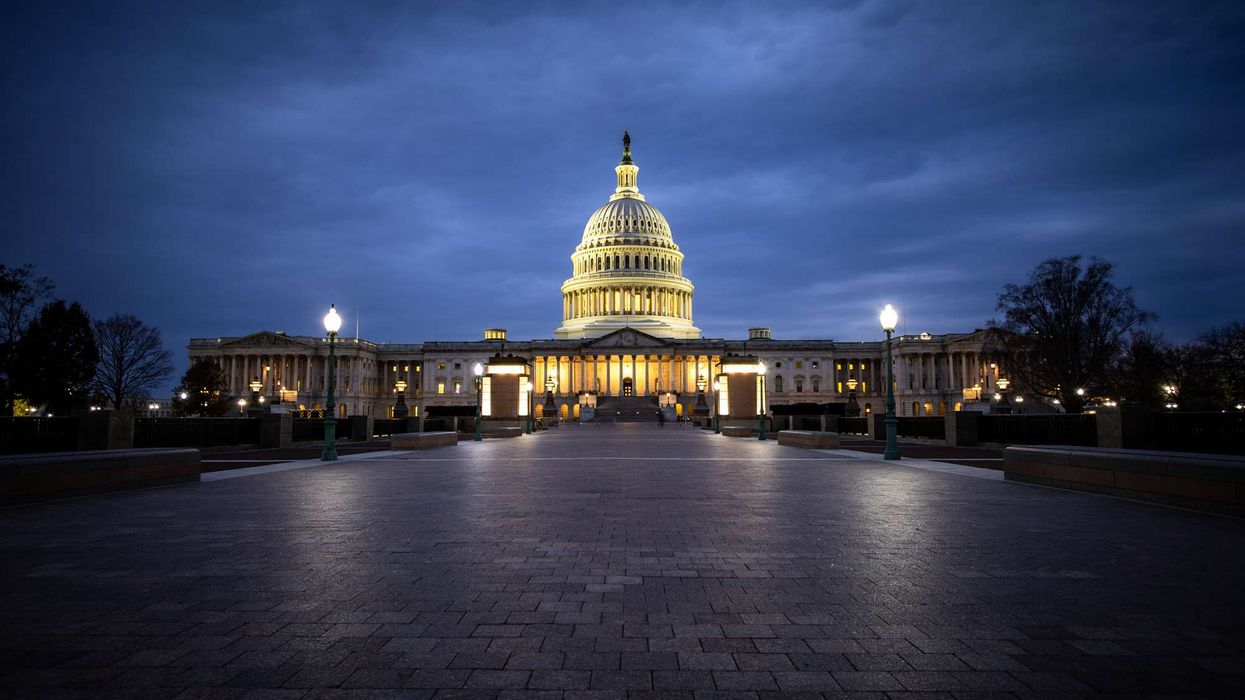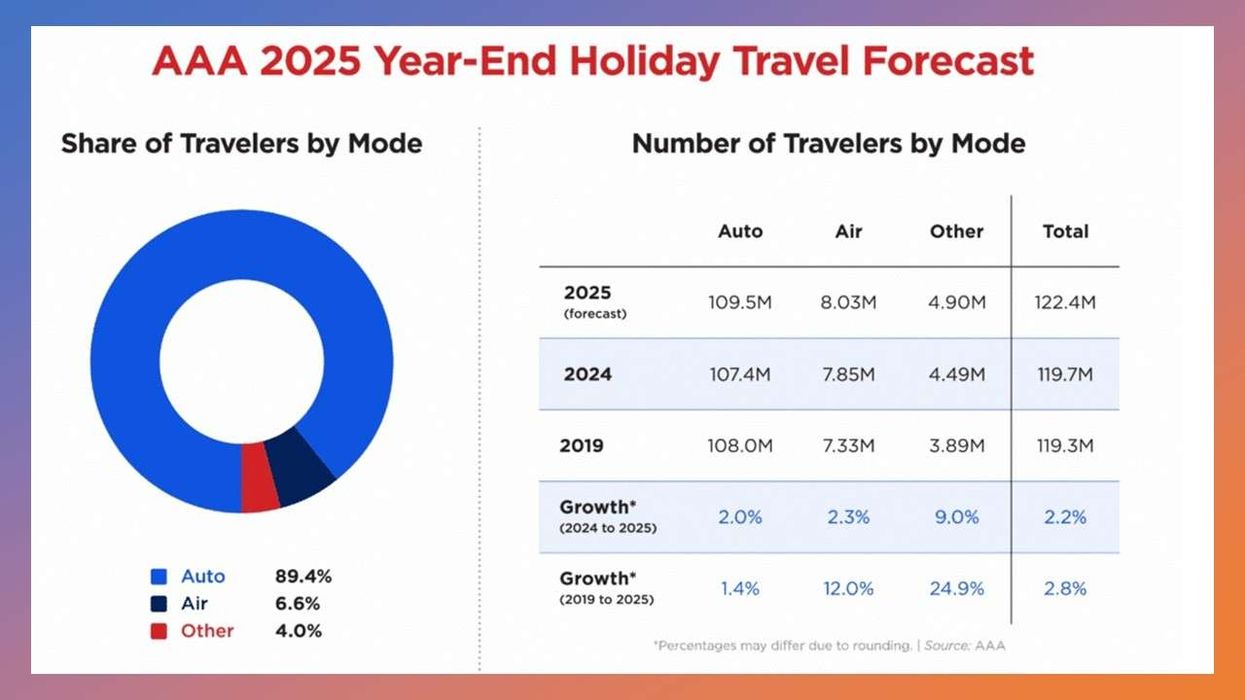PROFITS DROPPED FOR U.S. hotels in June as COVID-19 cases surged, according to reports from HotStats and STR. A rise in expenses also ate away at profits for some hotels while full-service hotels managed to break even.
RevPAR for U.S. hotels in June was down 87.3 percent from the same time period in 2019, but 67 percent higher than May, according to HotStats. However, gross operating profit per available room dropped 118 percent from the previous year and down 14 percent from the prior month.
At the same time, though, total revenue per available room rose slightly in June over May by 67 percent, though still down 87.9 percent year-over-year.
“The month-over-month decline in profit is a function of an uptick in expenses,” HotStats said in its monthly report. “Total overhead costs were down year-over-year, like most costs, but bounced up in June over May, climbing 53 percent. Concurrently, labor costs bounded upward month-over-month, up 39 percent. While the expense line jumped, it’s not an altogether ominous sign for the hotel industry, illustrating that some jobs are either being filled or brought back as more hotels reopen.”
STR’s data in its most recent P&L report showed GOPPAR down 105.4 percent in June to negative $5.89 compared to the previous year, less of a decline from April’s 116.9 percent drop and May’s 110.1 percent decline. Also, one month after it was shown that profit could rise for limited-service properties with 45 percent occupancy or higher, in June some full-service properties broke even with occupancy at 50 percent.
Also in June, STR reports, TRevPAR dropped 81.3 percent from last year to $46.95, EBITDA PAR fell 124.6 percent to negative $20.85 and labor costs per room fell 59.6 percent to $31.21
“Aligned with the rise we’ve reported in demand and occupancy, the profitability metrics picked up further with improvements across all revenue departments except F&B,” said Raquel Ortiz, STR’s assistant director of financial performance. “On a per-available- room basis, revenue for full-service properties almost matched the level of limited-service. Overall, full-service GOPPAR was still negative although we did see some properties in that segment break even at 50 percent occupancy.”
Among STR’s top markets, Tampa/St. Petersburg, Florida, saw the highest TrevPAR level, $116, and GOPPAR, $35. It was followed by Anaheim/Santa Ana, California, with TrevPAR at $110 and GOPPAR at $28.
“Given the trends we’ve seen in occupancy data, it is no surprise that two beach-access markets would lead in overall profitability for the month,” Ortiz said. “Fortunately, all the top markets showed improved revenues in June, but Tampa and Anaheim were the only ones with positive EBITDA margins.”
GOPPAR was down 119 percent in the second quarter compared to the same period in 2019, according to HotStats, and year-to-date GOPPAR is down 85 percent from this point in 2019. Several large hotel companies, including Hersha Hospitality Trust, Hilton Worldwide Holdings, Hyatt Hotels Corp. and Choice Hotels International, will report their second quarter results in the first week of August.
“All hoping for a V-shaped recovery in the hotel sector can now see that the succeeding months will be choppy at best. Perhaps no industry is impacted or shaped more by external forces than the hotel industry, which lives and dies on the free movement of people. When that movement is impeded, courtesy of COVID-19, demand sharply recedes, leaving a black stain on hotel revenue and profit,” HotStats said in its conclusion. “Until the traveling public is fully confident again, which may not come until a vaccine is produced (which has hurdles of its own) or, absent that, a precipitous fall in cases, the hotel industry could be stuck in a rut and will have to rely on savvy to safeguard the bottom line.”












